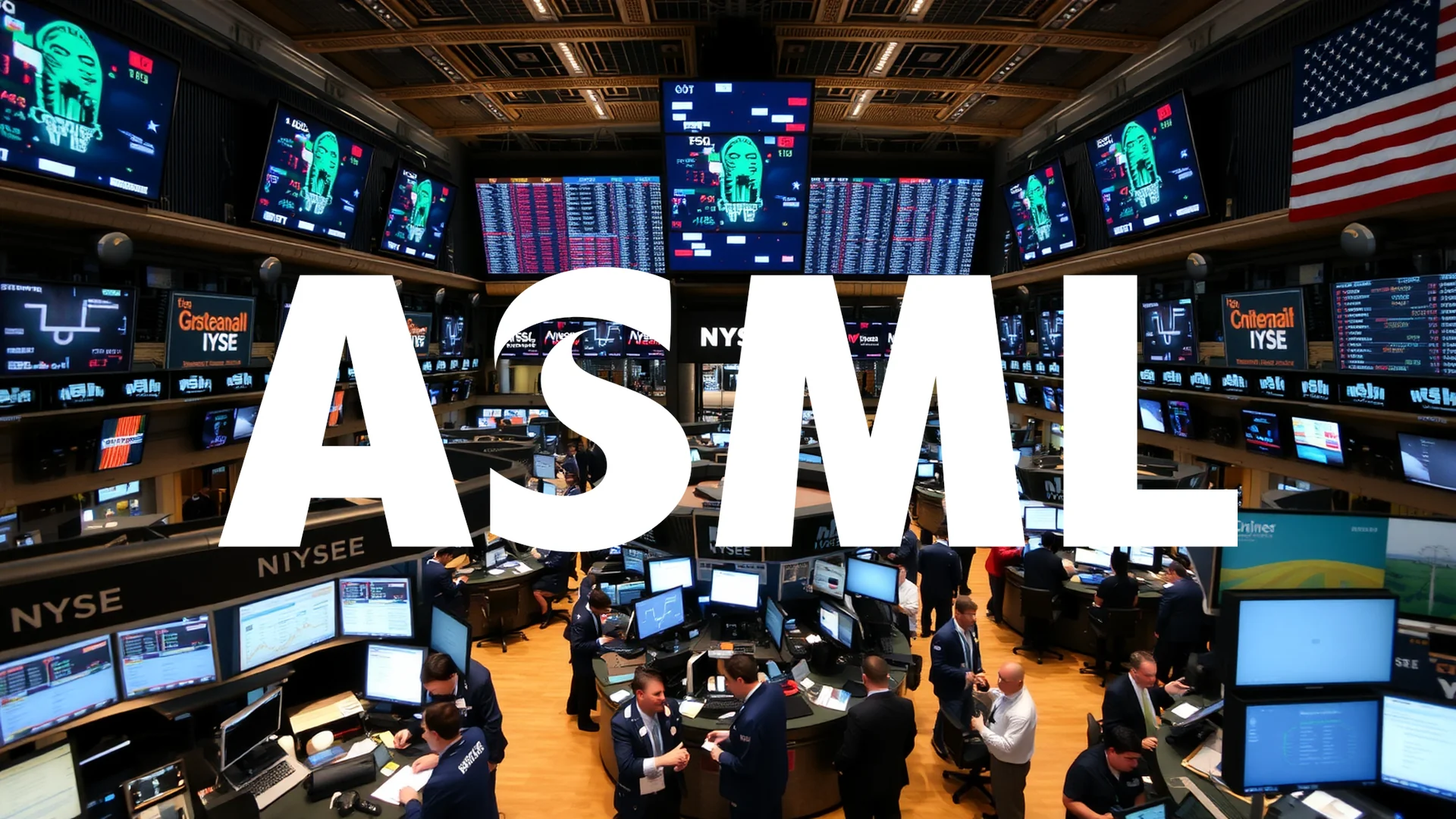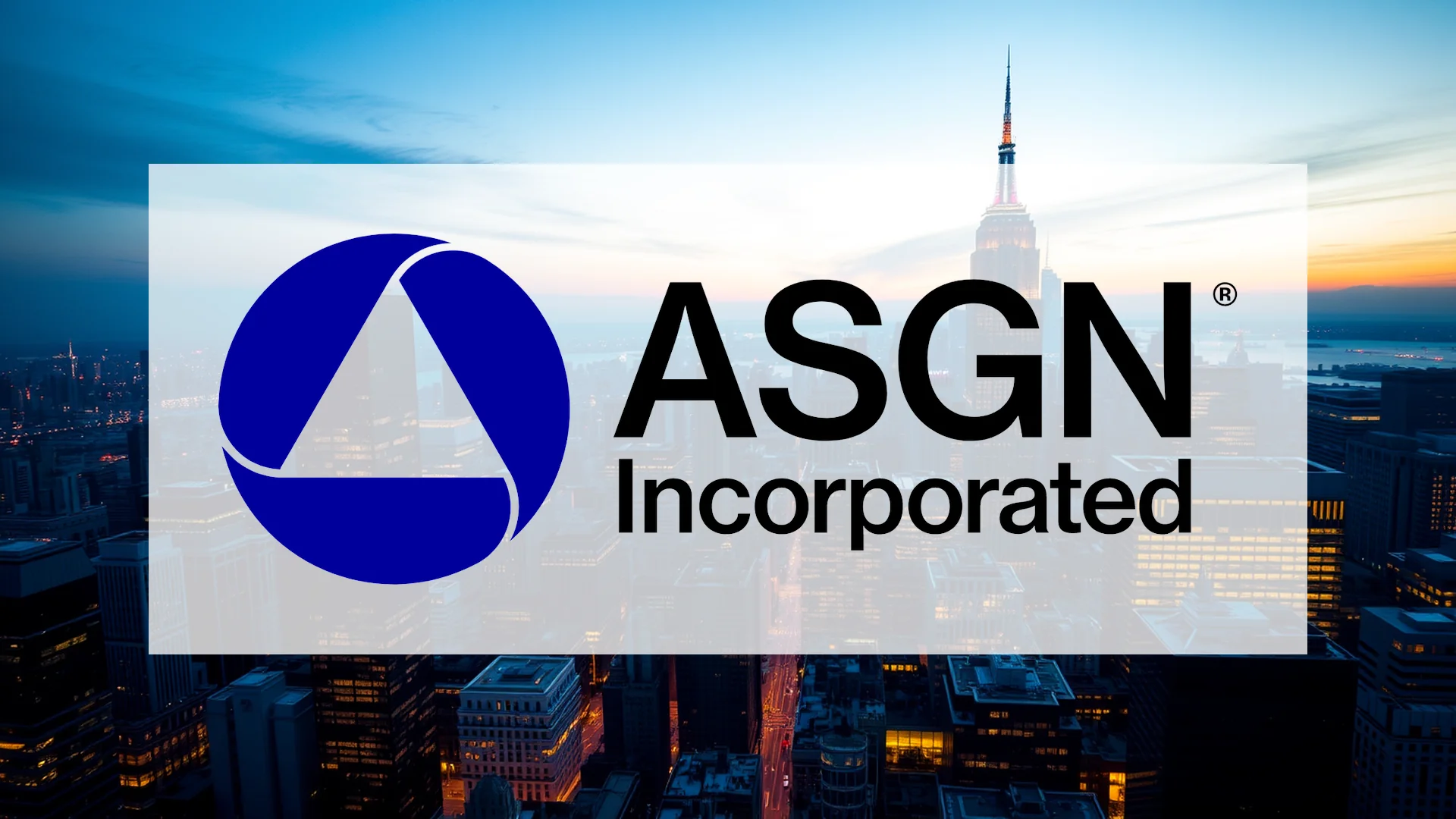Recent institutional investment activity tells a compelling story about ASML, yet underlying financial data reveals a potentially troubling narrative. The Dutch semiconductor equipment manufacturer finds itself navigating complex waters as substantial capital inflows coincide with concerning geographic revenue concentration.
The China Conundrum: A Double-Edged Sword
A deeper examination of ASML’s third-quarter 2025 financial performance uncovers a significant vulnerability: 42% of total revenue originated from China. This substantial dependency emerges precisely as Chinese authorities intensify efforts to achieve technological self-sufficiency. The situation presents a strategic paradox for the company, particularly regarding sales of its less advanced DUV lithography systems, which currently face fewer export restrictions than their cutting-edge EUV counterparts.
While China’s determined push toward domestic semiconductor manufacturing capability continues accelerating, ASML’s heavy reliance on this market could transform from revenue strength to critical weakness should Chinese technological breakthroughs materialize.
Institutional Activity: Confidence or Calculated Positioning?
Major financial institutions have demonstrated notable conviction in ASML recently. Americana Partners LLC substantially increased its stake by 34.7%, while Connor Clark & Lunn Investment Management executed an extraordinary position expansion of 960.2%. This collective institutional accumulation suggests professional money managers maintain faith in the company’s long-term prospects.
Should investors sell immediately? Or is it worth buying ASML?
However, market performance tells a contrasting story. Shares declined by 1.2% during Monday’s trading session, creating uncertainty about whether these investments represent genuine confidence in fundamental value or strategic positioning against potential future declines.
Competitive Landscape: Lagging Behind Industry Peers
When measured against semiconductor industry leaders, ASML’s growth projections appear comparatively modest. The company anticipates approximately 15% revenue growth for 2025, significantly trailing behind Taiwan Semiconductor Manufacturing Company’s expected 36% expansion and Nvidia’s projected 114% surge. This performance gap suggests the artificial intelligence boom, currently driving substantial growth across the semiconductor sector, may be bypassing ASML’s business model—at least in the immediate term.
Valuation Concerns in Focus
With shares trading at a price-to-earnings multiple of 35.6, ASML commands a premium valuation relative to sector averages. Some financial analysts express caution, noting that discounted cash flow models indicate potential overvaluation. Wall Street consensus nevertheless maintains a “Moderate Buy” recommendation with an average price target of $1,076.33. Whether this optimistic assessment remains justified should China successfully advance its technology independence initiatives represents a crucial question for investors monitoring the situation.
Ad
ASML Stock: Buy or Sell?! New ASML Analysis from December 25 delivers the answer:
The latest ASML figures speak for themselves: Urgent action needed for ASML investors. Is it worth buying or should you sell? Find out what to do now in the current free analysis from December 25.
ASML: Buy or sell? Read more here...









